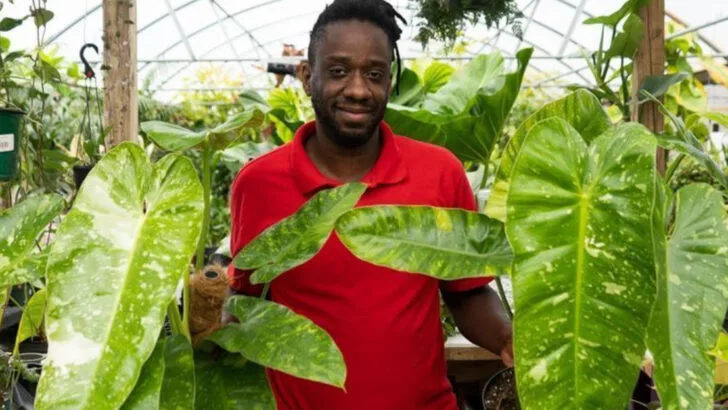They’re all over your feed—lush, photogenic, and impossibly perfect. But behind the viral beauty of some of the most Instagram-famous houseplants lies a hidden danger for pet owners. At Plantisima, we know that style shouldn’t come with risk—especially when wagging tails and curious whiskers are part of your home.
In this article, we reveal 17 trending plants that may be racking up likes online, but aren’t so friendly to cats and dogs in real life. From the iconic Monstera to the ever-popular fiddle leaf fig, these plants are worth a second thought if you share your space with pets.
To all our Plantisima readers scrolling for plant inspo—this is your guide to what’s safe, what’s stylish, and what to skip. Because your home should be both beautiful and built for those who live in it—on two legs or four.
Monstera Deliciosa
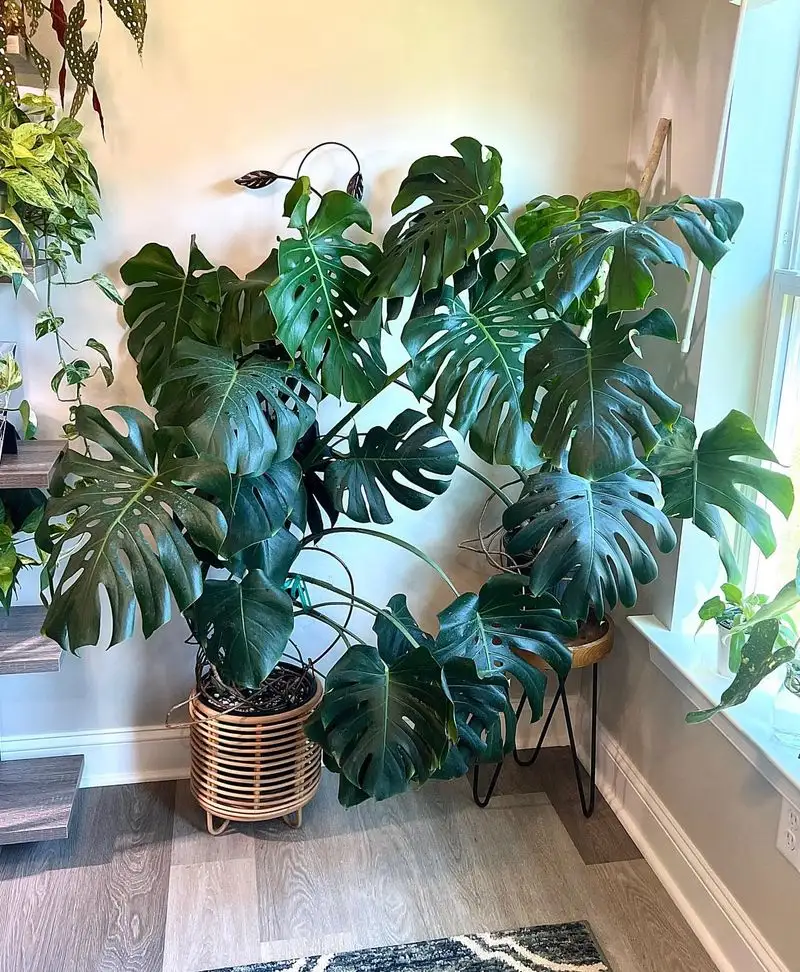
Monstera Deliciosa, also known as the Swiss cheese plant, is renowned for its lush, split leaves that can instantly elevate any room’s decor. Its unique visual appeal has made it a star on Instagram, but it’s important to keep it out of reach from pets. The plant contains calcium oxalates, which can cause irritation and swelling if ingested by cats or dogs. If your pet has a tendency to chew on greenery, it’s wise to position this plant high on a shelf or in a room they can’t access. This not only protects your pet but also ensures your Monstera thrives.
Aloe Vera
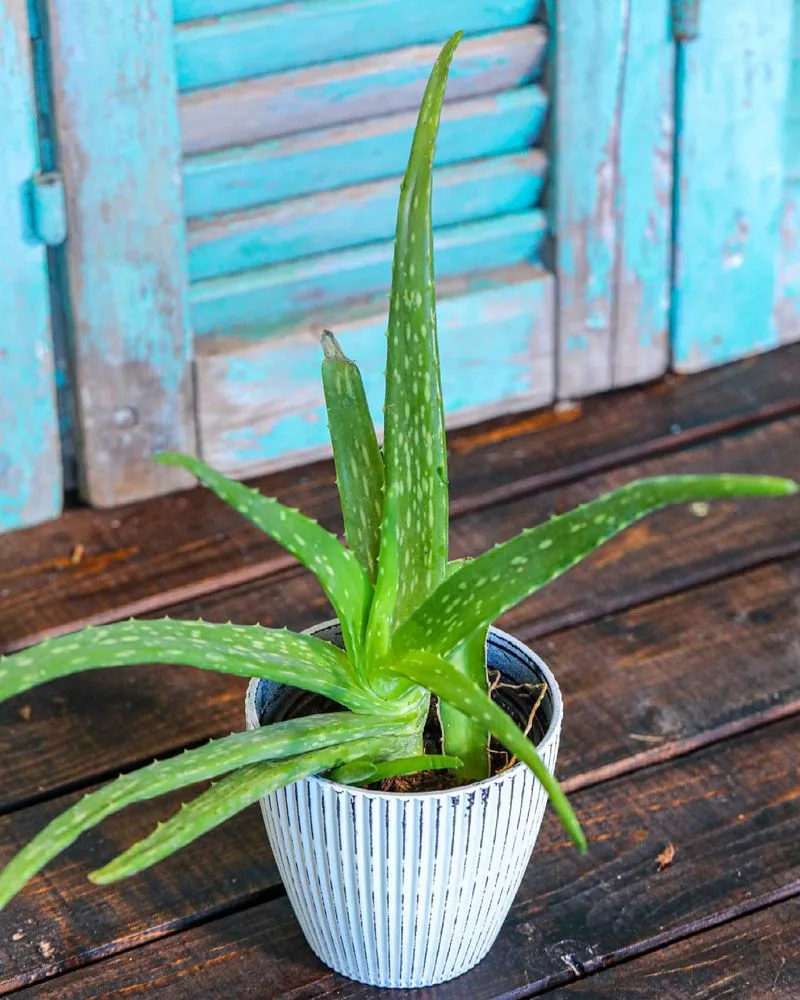
Aloe Vera is often celebrated for its medicinal properties, particularly its soothing gel. However, this healing plant can be harmful to pets. When ingested, Aloe Vera can cause vomiting, diarrhea, and a drop in appetite due to the saponins present in its leaves. It’s best to keep this plant in a place where curious paws and mouths can’t reach. Consider using decorative pots or hanging planters to keep both your aloe and your pets safe. Though beneficial to humans, the risks to pets make careful placement a priority for this household staple.
Sago Palm
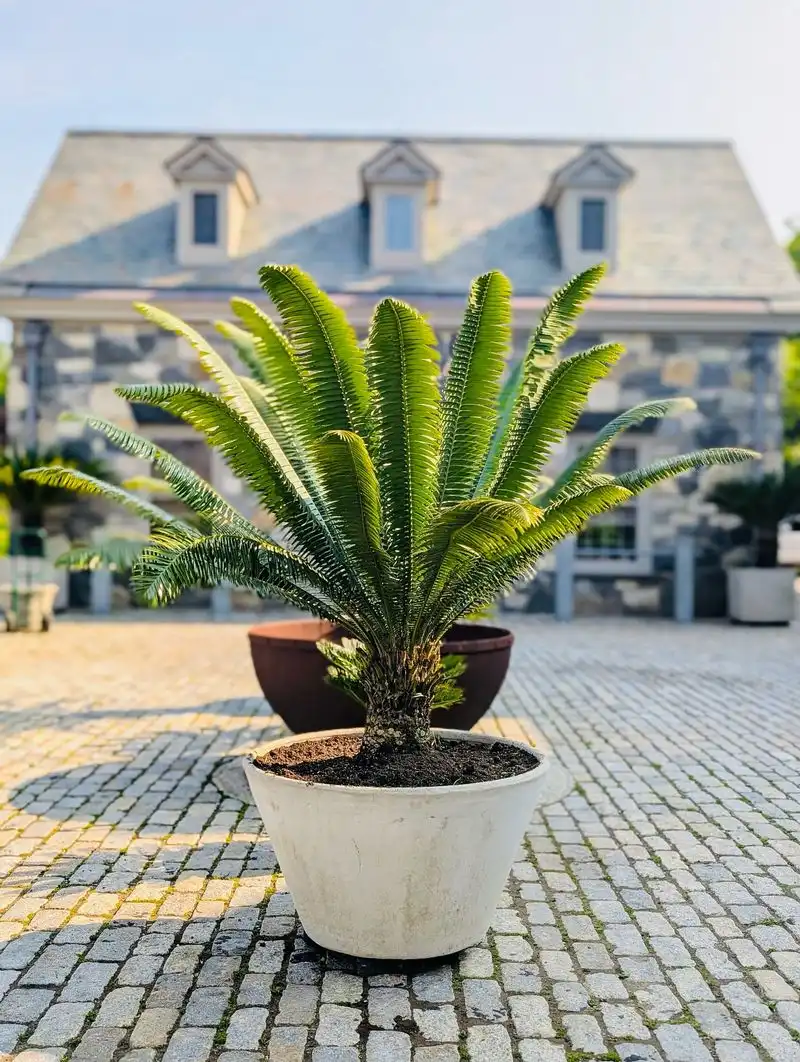
The Sago Palm, though a striking addition to any plant collection, is one of the most toxic plants for pets. Every part of this palm, especially the seeds, contains cycasin, a compound that can lead to liver failure in dogs and cats. Symptoms such as vomiting, diarrhea, and seizures can occur if ingested. Despite its aesthetic charm, this plant requires extra caution. For homes with pets, opting for a safer alternative or ensuring the Sago Palm is entirely out of reach is essential. Its beauty doesn’t outweigh the potential danger posed to inquisitive animals.
Lily of the Valley
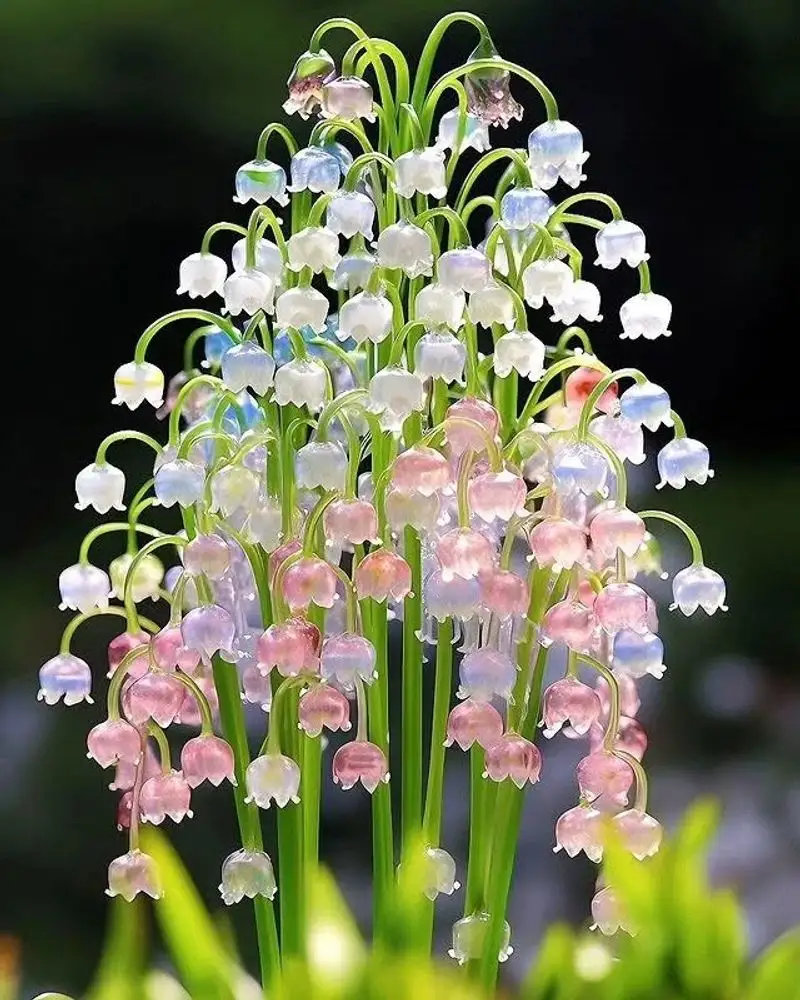
Lily of the Valley’s dainty white bells and sweet fragrance make it a favorite for many plant enthusiasts. However, its beauty masks a dangerous secret. The plant contains cardiac glycosides, which can lead to heart problems in pets if ingested. Symptoms include vomiting, diarrhea, and even cardiac arrhythmias. If you suspect your pet has nibbled on this plant, seek veterinary help immediately. Its charm comes with risks, so it’s better suited for pet-free homes or securely fenced gardens where curious paws can’t wander. This plant’s allure doesn’t justify the associated hazards.
Philodendron
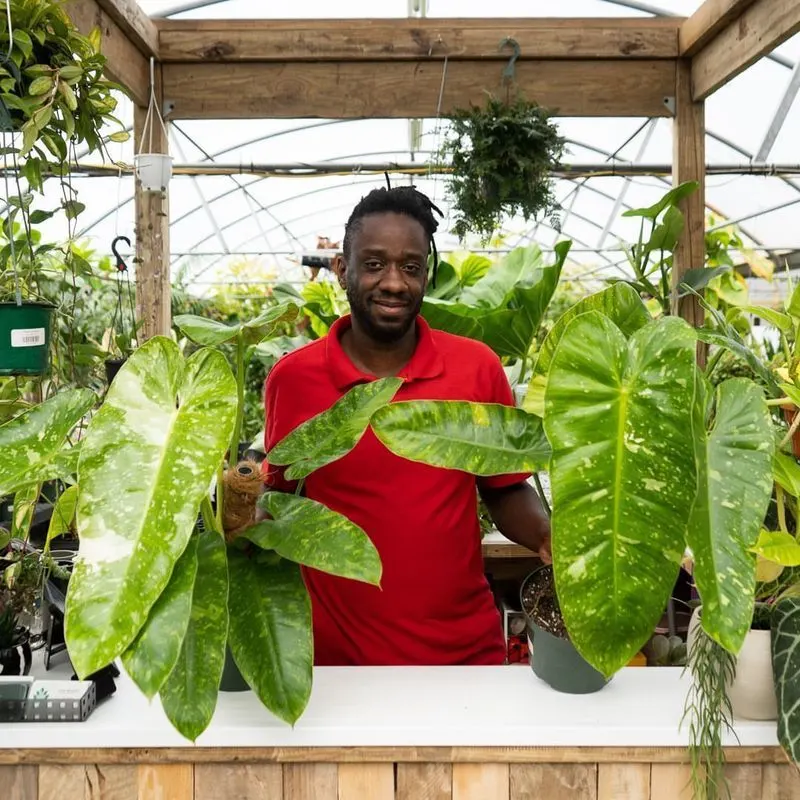
Philodendrons are prized for their low maintenance and air-purifying qualities, making them common in indoor spaces. Yet, their beauty comes with caution for pet owners. The plant contains insoluble calcium oxalates that can irritate a pet’s mouth and throat upon ingestion. Even a small bite can lead to significant discomfort, causing your pet to drool, paw at their mouth, or vomit. To enjoy a philodendron safely, place it where pets can’t easily access it. This ensures both your pet’s well-being and your plant’s continuous growth, making your home a pet-friendly space.
Peace Lily
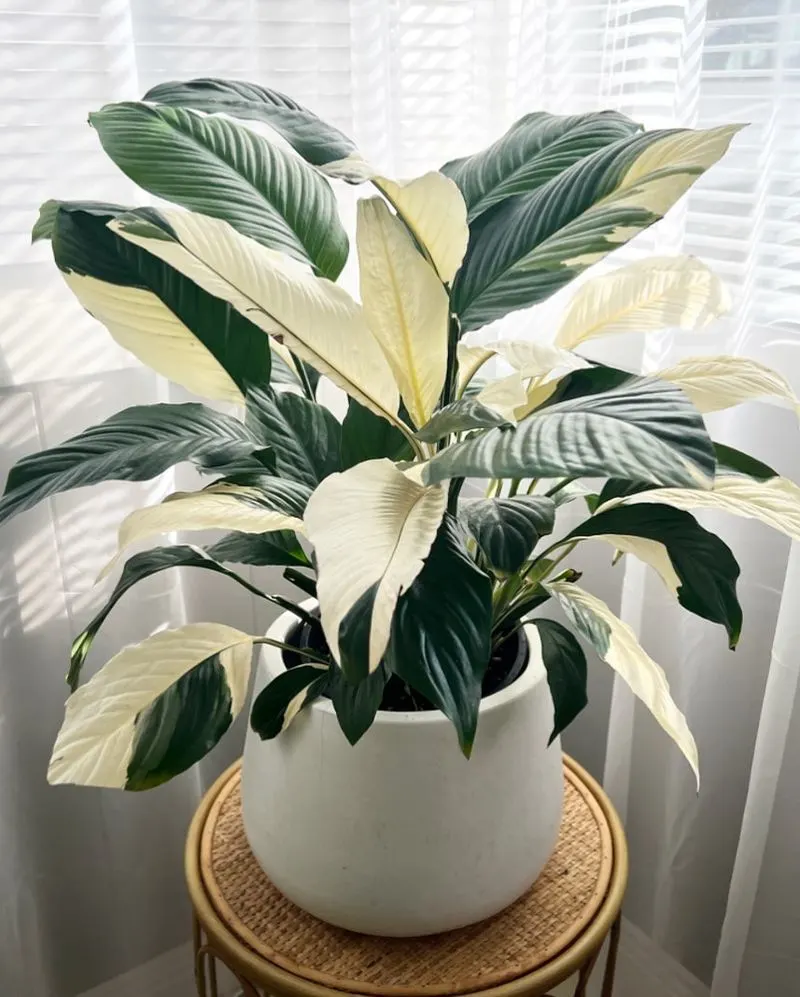
The Peace Lily’s bright white blooms and glossy leaves create a zen atmosphere, perfect for homes seeking tranquility. However, the peace it brings doesn’t extend to pets. Peace Lilies contain calcium oxalate crystals that can irritate the mouth and digestive tract of cats and dogs. Symptoms like drooling, vomiting, and difficulty swallowing might arise if ingested. To keep the peace and ensure pet safety, place this plant where it’s admired from afar, like on a high shelf or a decorative plant stand, out of paw’s reach. A serene home need not come at a pet’s expense.
Jade Plant
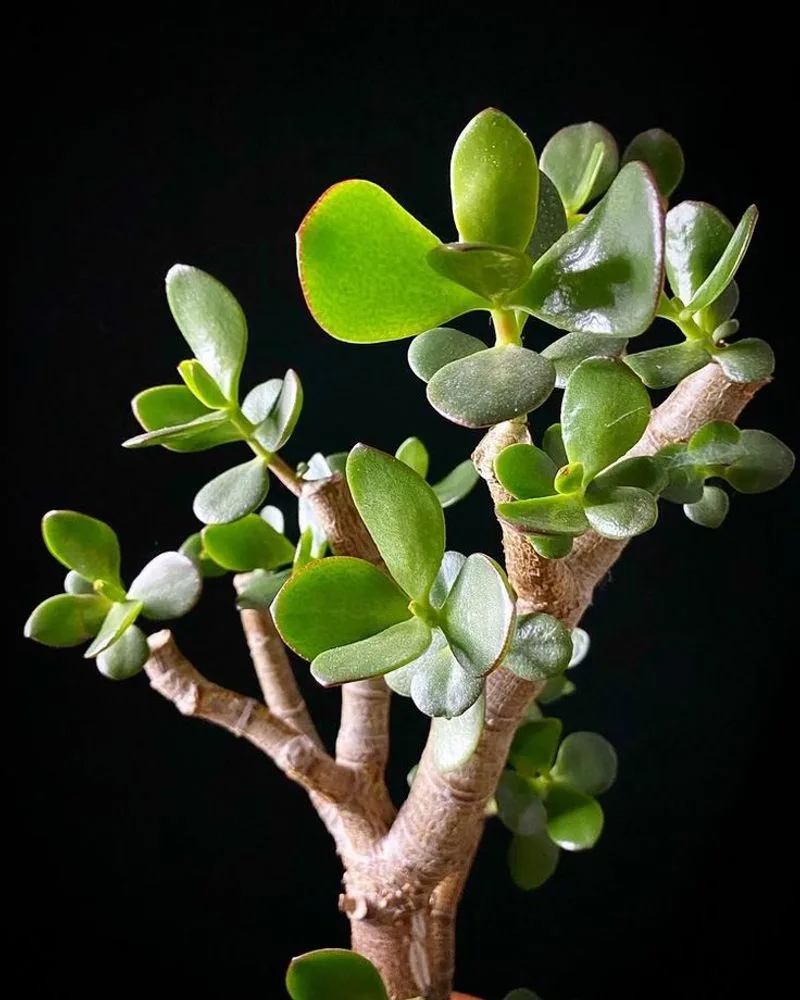
Jade Plants, or Crassula ovata, bring a touch of the exotic with their thick, glossy leaves and tree-like structure. They’re adored by succulent lovers and often featured in minimalist decor. However, their appeal doesn’t extend to pet safety. Ingesting any part of the Jade Plant can cause nausea and a slow heart rate in pets. For this reason, it’s crucial to position these beauties out of reach of curious cats and dogs. Consider using elevated shelves or hanging baskets to keep this succulent both a visual delight and a safe choice for your home.
English Ivy
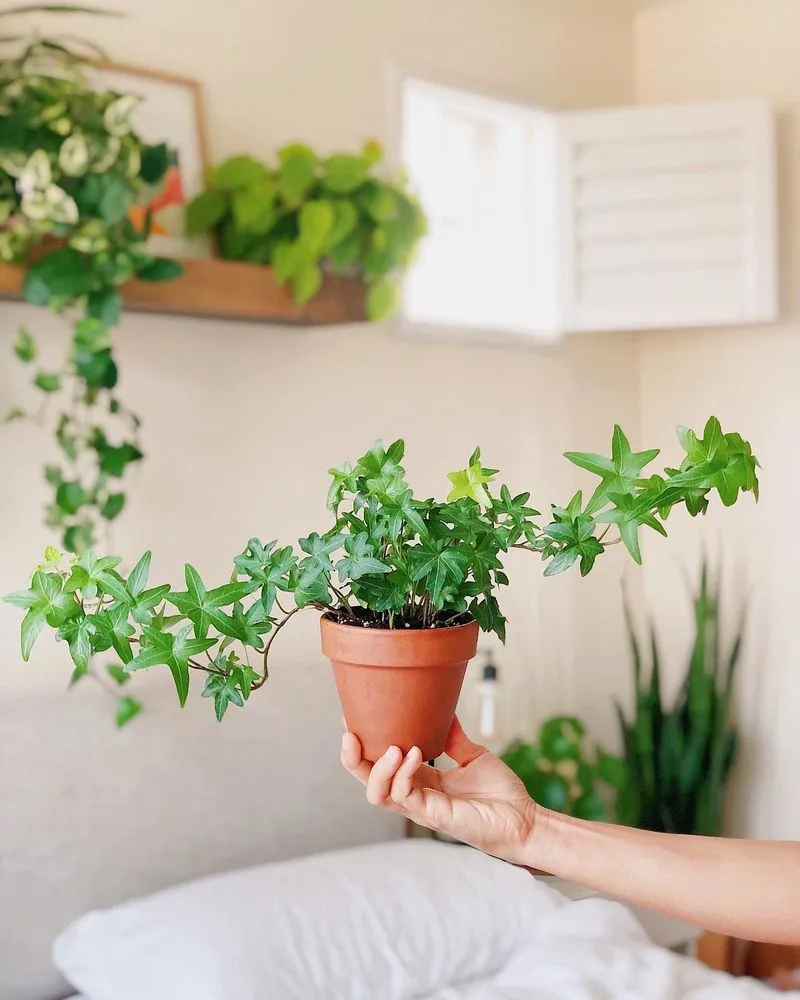
English Ivy is often used to create stunning draping effects in homes, appreciated for its climbing ability and evergreen leaves. Yet, its beauty is deceiving. The leaves contain triterpenoid saponins, which can cause severe digestive upset in pets. If your pet chews on this plant, expect symptoms like drooling, vomiting, or abdominal pain. For pet owners, it’s wise to suspend English Ivy high above ground or opt for faux versions to safely enjoy its aesthetic. Balancing style and pet safety is simple with mindful placement, ensuring your home remains both stylish and secure.
Snake Plant
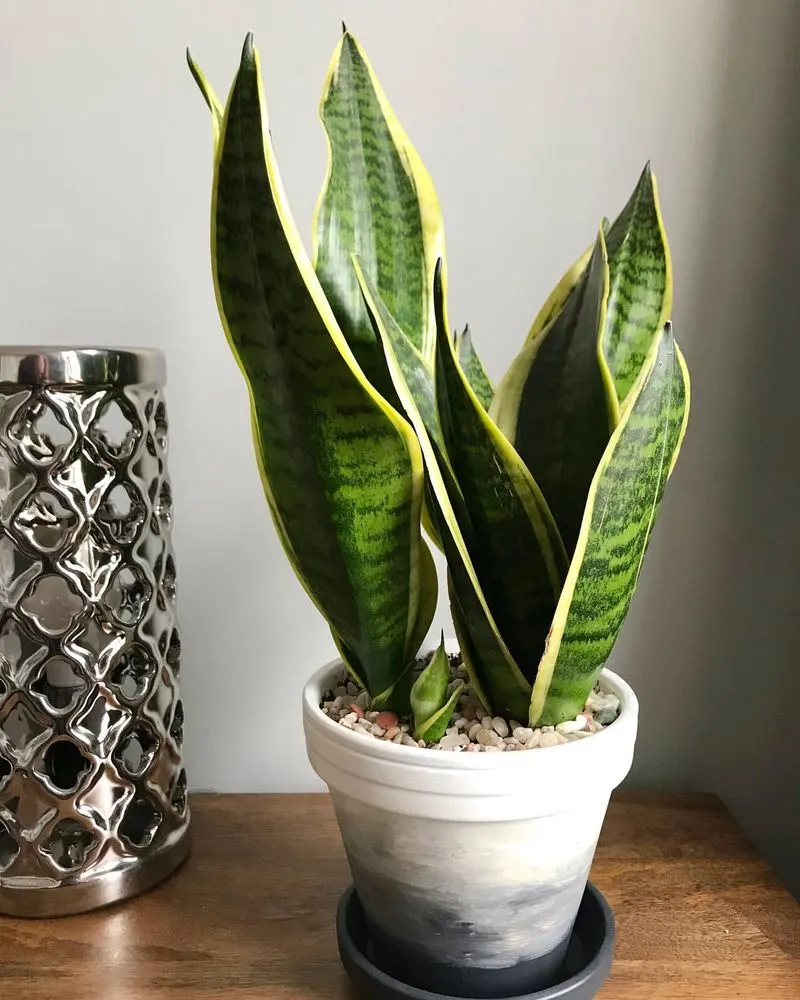
Snake Plants, known for their sturdy, sword-like leaves, are a favorite among those new to plant care. They thrive on neglect and purify the air, making them perfect indoor companions. However, they aren’t as friendly when it comes to pets. The plant contains saponins that can cause nausea and vomiting if ingested. To maintain harmony in a household with pets, the key is strategic placement. Keep Snake Plants in areas less traveled by pets but still visible to enjoy their architectural beauty. A pet-safe home doesn’t mean sacrificing greenery; it just requires smart choices.
Dieffenbachia
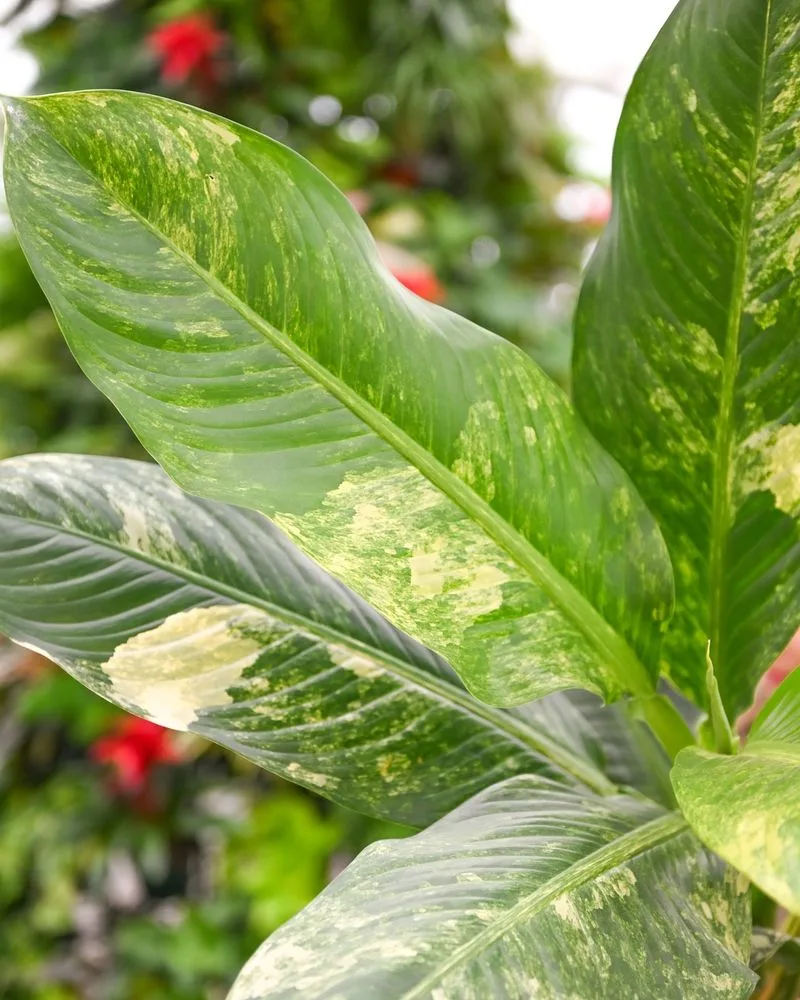
Dieffenbachia, often referred to as “Dumb Cane,” boasts large, variegated leaves that add a tropical feel to interiors. Their popularity is due to their striking appearance and ease of care. However, they contain insoluble oxalates that can cause intense oral irritation and swelling if nibbled by pets. Symptoms like drooling, pain, and difficulty swallowing highlight the need for caution. For pet owners, placing these plants in inaccessible spots or opting for pet-friendly alternatives ensures a harmonious living environment. This way, you can enjoy tropical vibes without compromising on pet safety.
Ficus
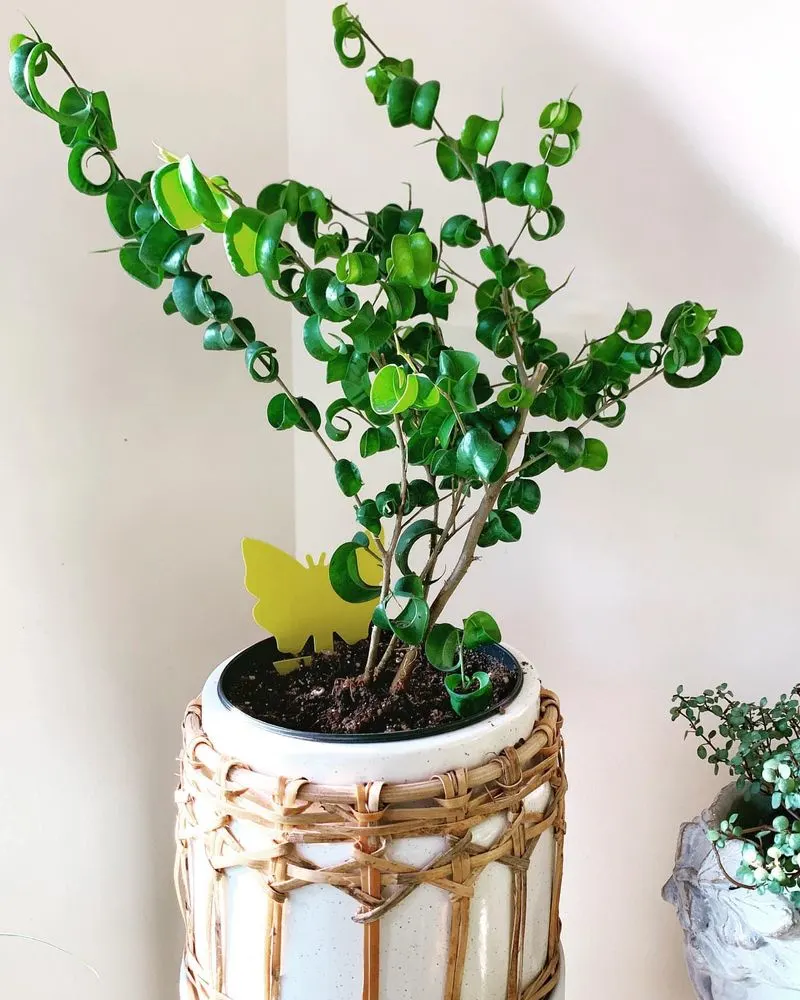
Ficus plants, with their glossy leaves and elegant stature, are a staple in many households. They’re perfect for adding a touch of greenery without demanding much care. However, their sap contains compounds that can irritate a pet’s skin and digestive system if ingested. To keep both your home stylish and your pets safe, it’s best to place Ficus plants in areas that pets can’t easily reach. Hanging planters or tall plant stands can be great options to enjoy the beauty of Ficus while ensuring your furry friends remain out of harm’s way.
Oleander
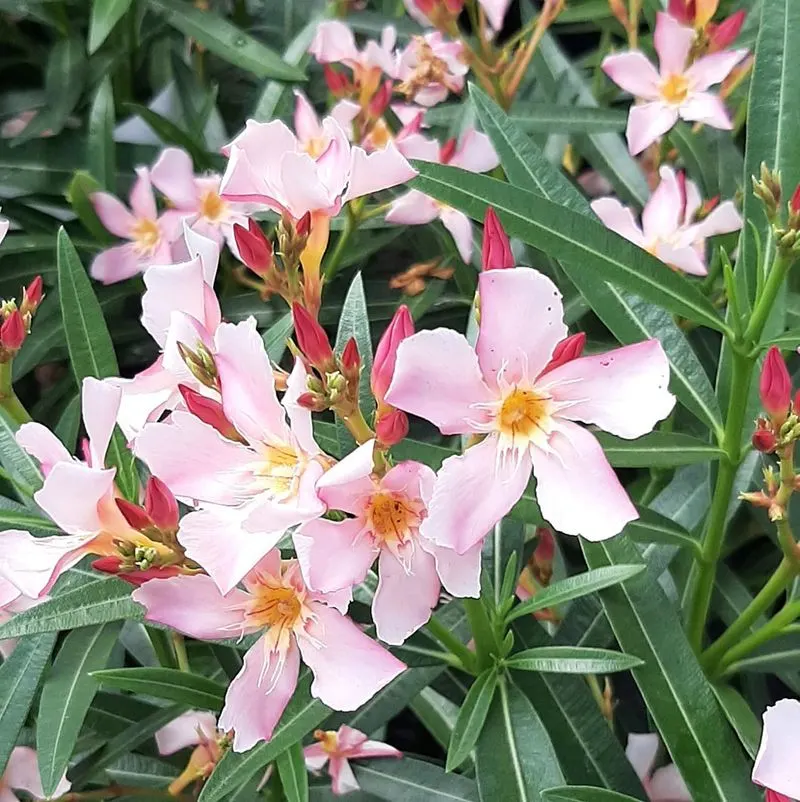
Oleander may captivate with its clusters of pink or white flowers, but it’s one of the most toxic plants for pets and humans alike. Every part of this plant is poisonous, with symptoms like vomiting, decreased heart rate, and even death if ingested. It’s vital for pet owners to avoid planting Oleander in areas accessible to their furry friends. The plant’s allure doesn’t outweigh the risks it poses, so it’s often best admired from a distance or replaced with safer alternatives. Keeping pets safe should always be the priority when considering garden choices.
Pothos
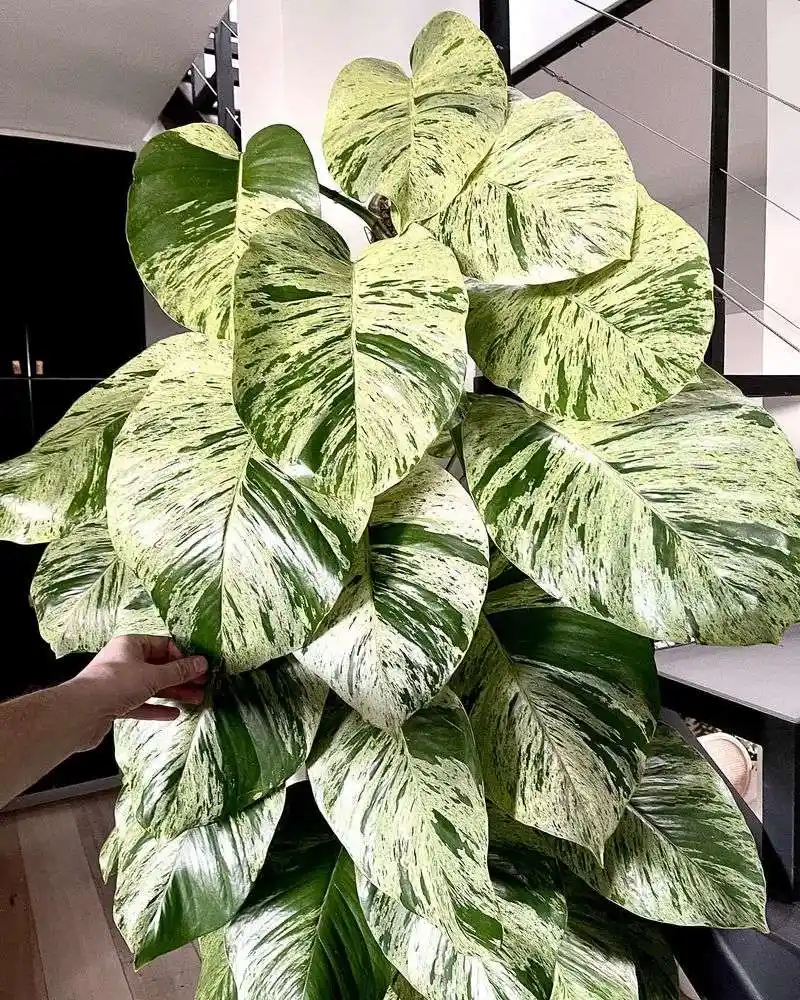
Pothos, or Devil’s Ivy, is well-loved for its trailing vines and resilience in low-light conditions. It’s a go-to for beginners seeking a touch of green indoors. However, the plant contains insoluble calcium oxalates, making it a hazard to pets. Ingesting Pothos can lead to oral irritation and vomiting in cats and dogs. To enjoy this plant safely, consider suspended planters that keep vines out of reach, transforming your space without compromising pet safety. This way, you can relish in Pothos’ beauty while ensuring your pets roam safely beneath its cascading leaves.
Rubber Plant
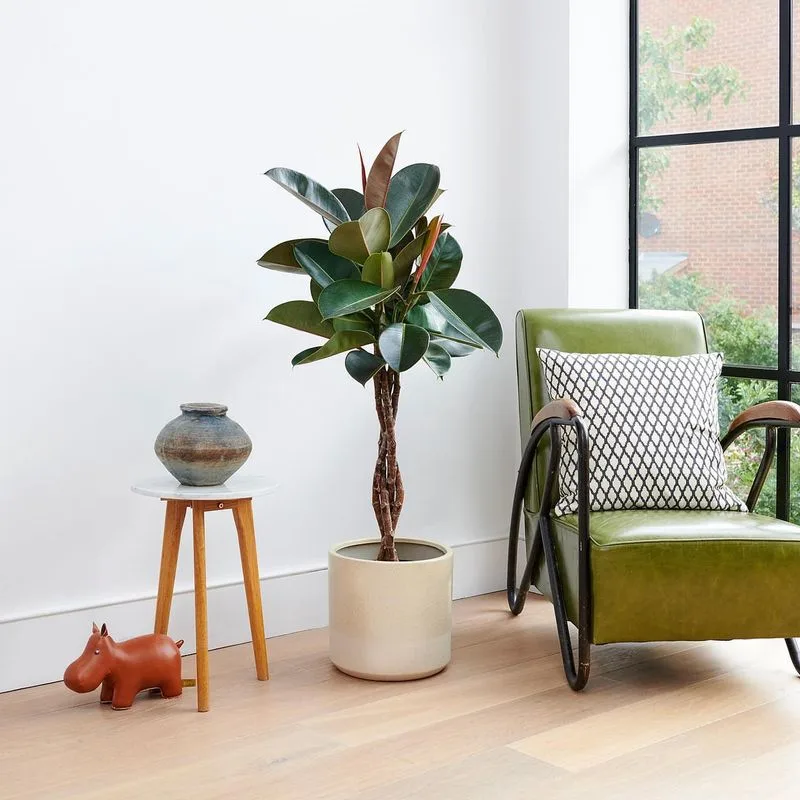
Rubber Plants, with their broad, shiny leaves, are popular for adding a lush look to interiors. They’re relatively low-maintenance and can thrive in various environments. However, their sap can be mildly toxic to pets, causing irritation and digestive issues if ingested. It’s prudent to display Rubber Plants in elevated areas away from curious pets. This way, you can enjoy their bold presence in your home decor while ensuring your pets’ well-being. A few adjustments can make it possible to have a pet-friendly home that doesn’t compromise on style and greenery.
ZZ Plant

The ZZ Plant, known for its glossy, dark green leaves, is a favorite among those looking for fuss-free greenery. It’s almost indestructible, thriving under low light and neglect, making it an attractive choice. However, it’s not pet-friendly. The plant contains calcium oxalates that can cause vomiting and diarrhea if consumed by pets. Positioning the ZZ Plant in spaces that pets can’t access is a simple solution. Hanging planters or high shelves can showcase their beauty while maintaining a safe environment for pets. Combining style with safety ensures a harmonious living space.
Dumb Cane
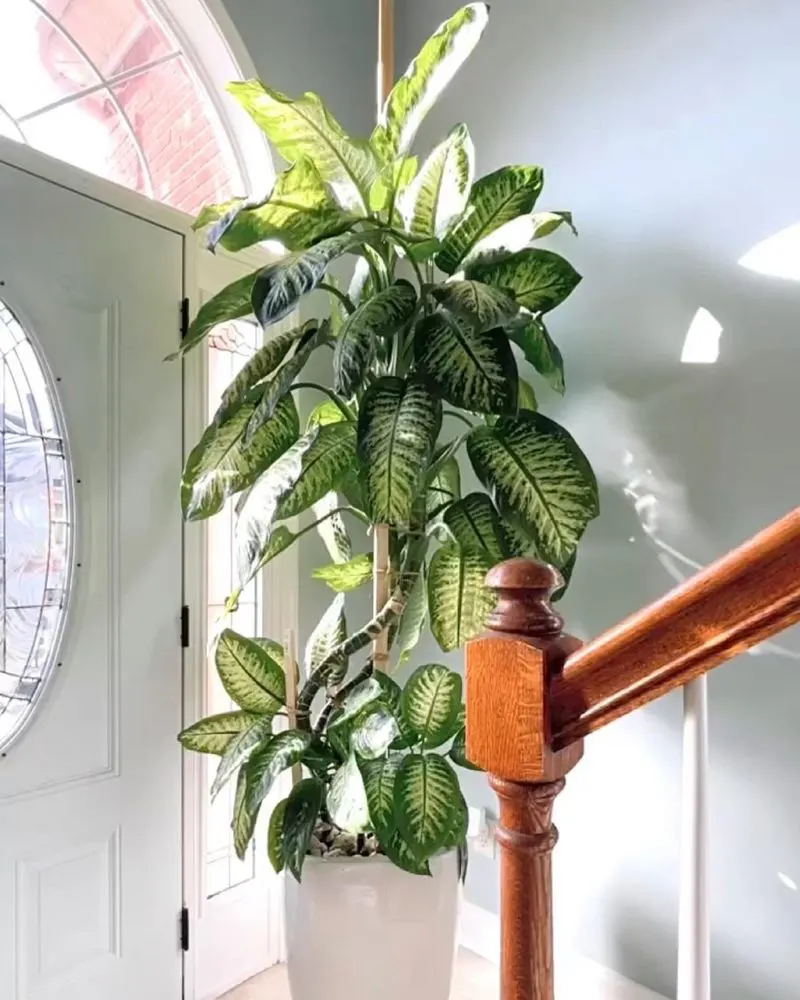
Dumb Cane, or Dieffenbachia, stands out with its impressive, variegated foliage, bringing a tropical touch to any space. Yet, its beauty can deceive, as it harbors toxins harmful to pets. Ingesting the plant can result in intense oral irritation, swelling, and difficulty breathing. Pet owners need to practice caution by placing Dumb Cane out of reach, perhaps using tall plant stands or hanging baskets. This ensures safety while still allowing the plant’s bold foliage to be enjoyed. Striking a balance between aesthetics and pet safety is key to a happy home environment.
Caladium
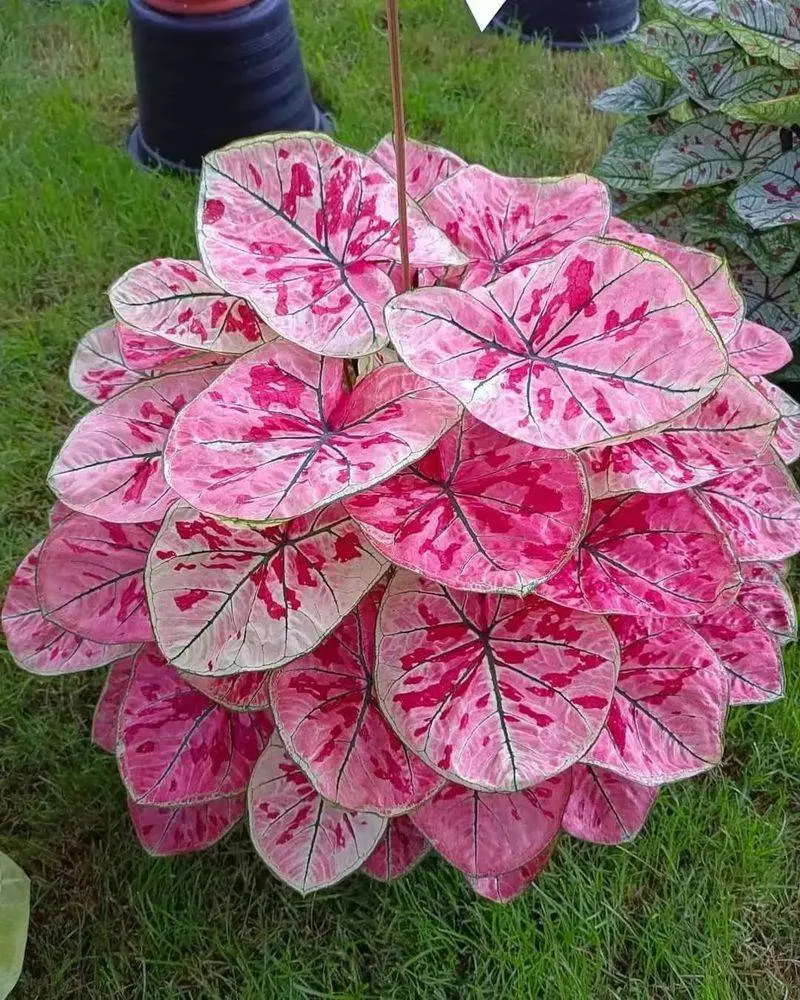
Caladiums are admired for their striking leaves, often with eye-catching patterns of red, pink, and green. They’re perfect for adding a splash of color to shaded areas. However, their beauty conceals a risk for pets, as they contain calcium oxalates. Ingestion can cause severe irritation and swelling in a pet’s mouth and throat. Ensure these plants are placed in locations inaccessible to pets, like on high shelves or in hanging baskets. With thoughtful placement, you can enjoy the vibrant allure of Caladiums while keeping your furry friends safe and sound.

